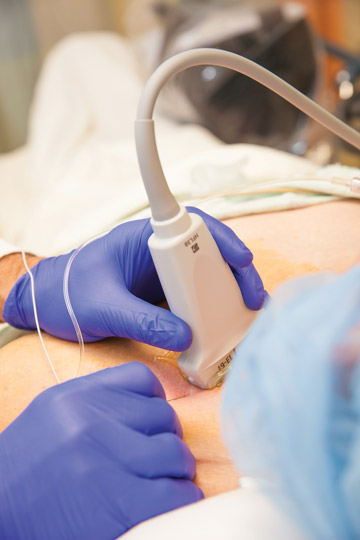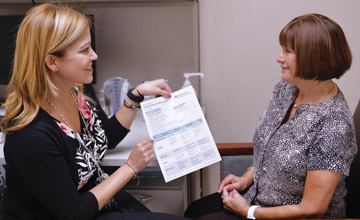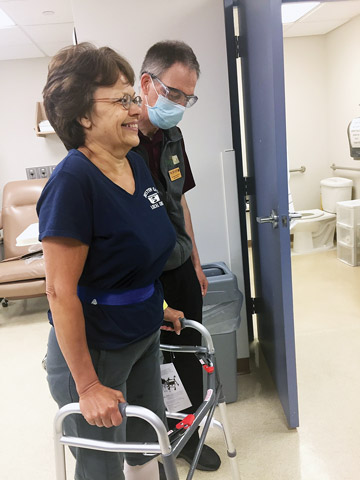The concept of enhanced recovery after surgery (ERAS) has been around for more than 20 years, introduced in colorectal and abdominal cases as fast-tracked "accelerated surgery" that tried to reduce surgical stress and organ dysfunction in order to speed up postoperative recovery times. While the patient-centered, evidence-based interventions have been adopted to some degree in orthopedic arenas, particularly with hip and knee arthroplasties, widespread adoption of ERAS principles in the overall total joints space has been limited.
That needs to change — and soon. When used in all phases of the perioperative continuum of care, ERAS protocols result in faster discharges, accelerated recoveries, fewer readmissions and happier patients. Post-op pain is controlled with fewer narcotics, meaning patients are at less risk of addiction from surgery-induced opioid use. The model's clinical efficiencies make for more profitable facilities as well. Here are the key elements to a successful multimodal and coordinated ERAS-based clinical care pathway.
- Pre-op practices. Patients should meet with the surgical and anesthesia teams several weeks in advance of their procedures to discuss expectations for realistic and timely recoveries. Your facility should also conduct pre-op education sessions with patients to explain the details and purpose of their surgeries, and to address commonly asked questions. Some patients have considerable anxiety and stress before undergoing joint replacement surgery, particularly if they have a history of depression or no family support. Work with them to set achievable goals with respect to when they'll be mobile again, and always make sure to tell them they will be experiencing a certain level of post-op discomfort no matter what form of pain-control regimen they receive. Ortho centers with pre-op teams that include physical therapists, occupational therapists, care coordinators and nurses have a high level of success in meeting patients' pre-surgery needs.
.svg?sfvrsn=be606e78_3)



.svg?sfvrsn=56b2f850_5)